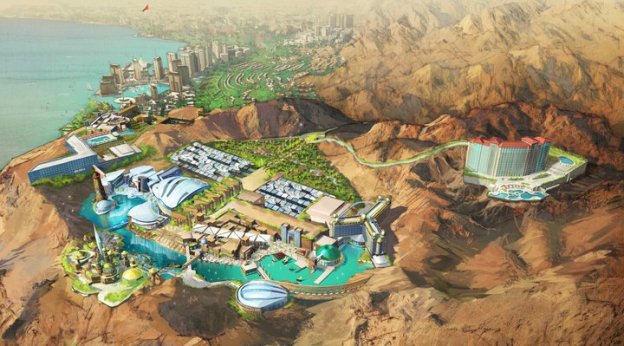 The country of Jordan is set to be the focal point for Trekkies all over the globe in the next three years. Jordanian King Abdullah II, along with investors from the U.S. and the Gulf, is going ahead with a $1.5 billion theme park project which will have a nod to the Stark Trek series by Gene Roddenberry.
The country of Jordan is set to be the focal point for Trekkies all over the globe in the next three years. Jordanian King Abdullah II, along with investors from the U.S. and the Gulf, is going ahead with a $1.5 billion theme park project which will have a nod to the Stark Trek series by Gene Roddenberry.
Dubbed the Red Sea Astrarium project, it will be built in the coastal city of Aqaba and will span 74 hectares with four hotels and 17 entertainment zones which will have dining, theater and shopping. CBS has licensed a Star Trek-themed space flight adventure for the project.
This investment will be designed by the Callison architectural film and the entertainment elements will be taken care of by the Anman animated film company Rubicon; the resort will be also be “creatively developed” by Paramount Recreation, according to an article by the Abu Dhabi-based newspaper, The National.
The theme park is planned around the idea of Jordan as a “crossroads of civilizations” and will include the rich history of the area. According to a press release by CBS and Rubicon, the entertainment will be a “multi-sensory 23rd-century experience” culminating in the Star Trek attraction. The Red Sea Astrarium project will be powered through renewable energy and in the center of the area people will be able to learn of the benefits of green technology and eco-friendly practices.
At 1.5 billion it’s a small project compared to bigger theme parks like Disneyland, and will need less than half a million visitors annually to meet profitability. Development will employ 500 skilled workers and is expected to begin next year.
This isn’t the first time King Abdullah II has shown off his Trekkie side. In 1995 he made a small nonspeaking cameo in Stark Trek: Voyager.
Via Inhabitat


